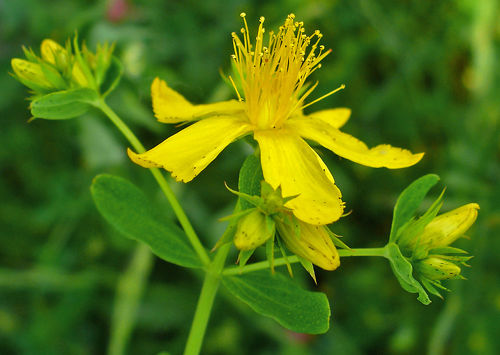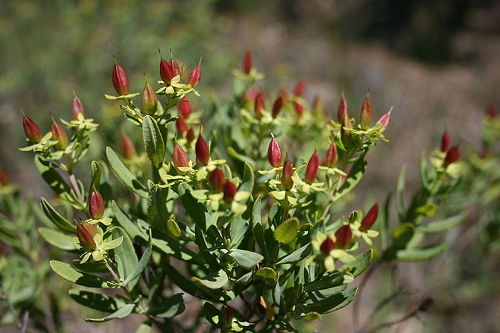
Welcome to our weekly Monday morning edition of the a-z of plants that are dangerous to your horse. Today’s plant is one people may recognize by name, but not necessarily by sight. St John’s Wort has been rumored to be beneficial to people from time to time, but horses should definitely avoid it.
A Little About St John’s Wort
Hypericum perforatum is also called Klamathweed, Goatweed & St. John’s Wort. This is a perennial that grows on woody, reddish stems. Leaves are small, oval & grow opposite. Flowers are bright yellow & may have black dots on the edges of petals. Fruit is a capsule with dark brown seeds.
How Dangerous Is It?
The mature plant is unpalatable to horses, but young shoots can be attractive to grazers. The danger level with this plant is high as it’s highly toxic.
All parts of this plant are toxic & can be fatal to equines.

What To Look For
You know your animal the best, so you should know when something is amiss. St John’s Wort toxicity symptoms occur within 24 hours of ingestion & include inflammation, redness & ulceration of light colored skin, loss of appetite, severe itching, blindness, convulsions & coma.
Learn More
Be sure to check out the St John’s Wort page to learn more about the plant & while you are at it why not check out more toxic plants?
*It should be noted that we’re not veterinarians. This information is written specifically for horses & should be used for reference purposes only. If you think your horse has eaten something toxic call your vet right away.
